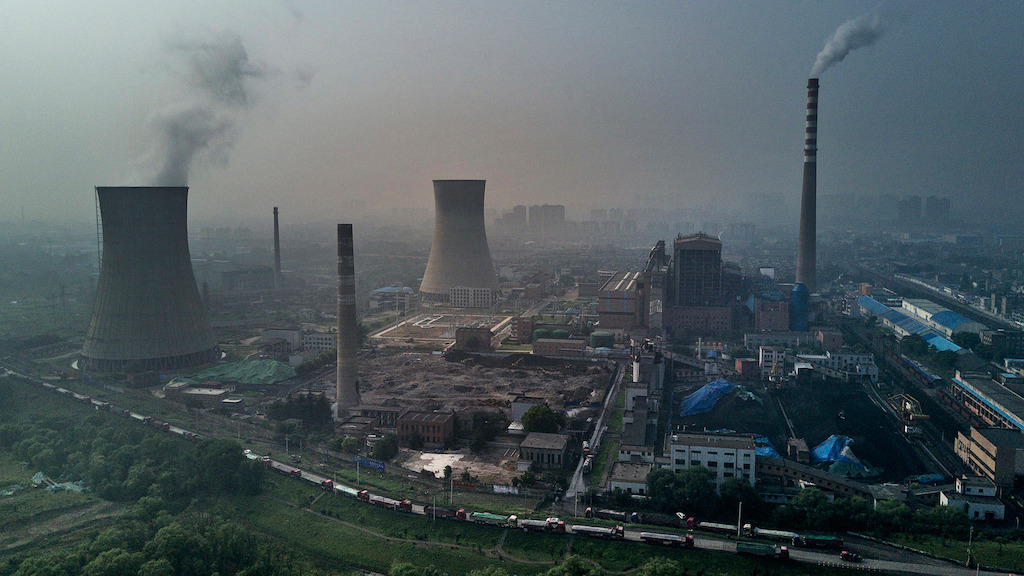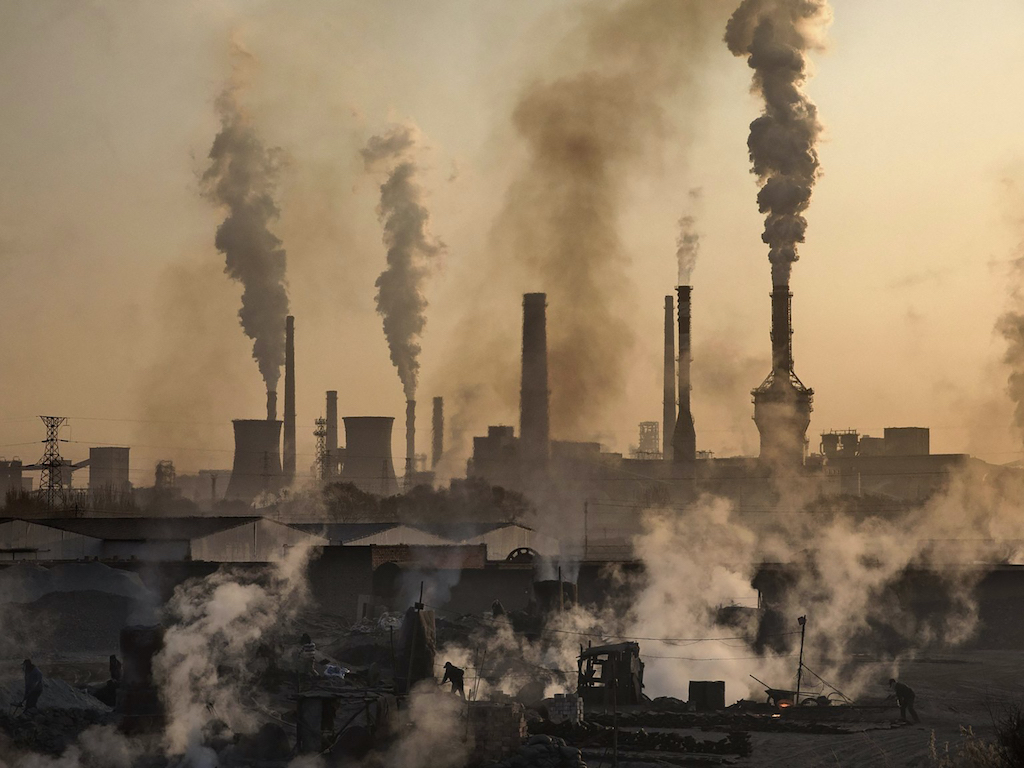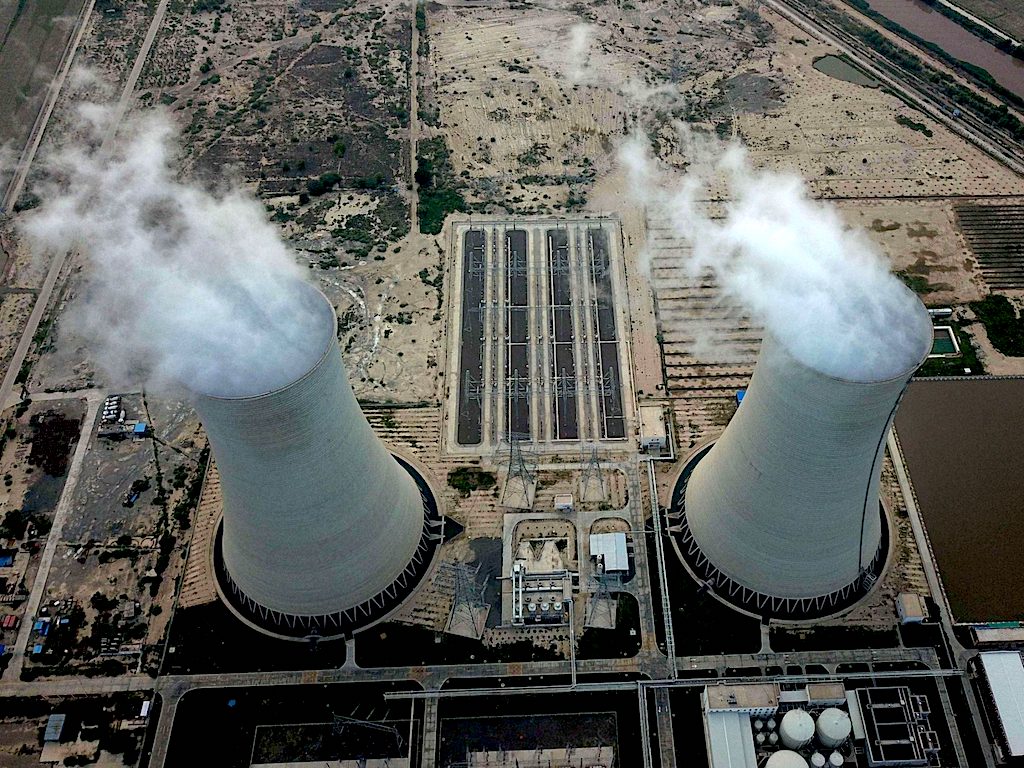4 Mins Read
Global energy-related carbon emissions are set to jump by 1.5 billion tonnes in 2021, the second biggest increase in history, predicts a new International Energy Agency (IEA) report. The sharp rise is primarily driven by coal demand, which will mean a reverse in almost all of the decline observed last year amid the Covid-19 pandemic.
The latest annual report from the IEA estimates that global energy-related carbon dioxide emissions will surge by 1.5 billion tonnes in 2021 – the second largest increase in history and the biggest annual rise since 2010, when the world was in the midst of its carbon-intensive recovery from the global financial crisis.
The rise means global carbon dioxide emissions are on course to reach 33 billion tonnes, reversing nearly all the progress made in 2020 when energy demand slumped 6% due to the pandemic.
Much of the surge in 2021 will be driven by the strong rebound in coal, the most polluting of all fossil fuels, the IEA report shows. Coal is set to grow by 4.5% with three-quarters of demand coming from the electricity sector, a rise that far surpasses 2019 levels and nears the all-time peak observed in 2014.
“Global carbon emissions are set to jump by 1.5 billion tonnes this year – driven by the resurgence of coal use in the power sector. This is a dire warning that the economic recovery from the Covid crisis is currently anything but sustainable for our climate,” said Fatih Birol, the executive director at the IEA.

Unless governments around the world move rapidly to start cutting emissions, we are likely to face an even worse situation in 2022.
Fatih Birol, Executive Director, IEA
More than 80% of the projected coal demand in 2021 will be coming from Asia – primarily in China, said the report, while coal use in the E.U. and U.S. will increase but stay “well below pre-crisis levels”.
Overall fossil fuel demand is also set to grow significantly over the course of 2021, with gas and coal to rise above 2019 levels while the rebound in oil to stay below its 2019 figure.
Birol says that current emissions trends spell a dire future for the planet and the intensifying climate crisis. “Unless governments around the world move rapidly to start cutting emissions, we are likely to face an even worse situation in 2022.”
The global energy watchdog warned of such a rebound last year, when it urged governments to place the low-carbon transition at the heart of coronavirus economic rebuilding plans in order to avoid a spike when businesses begin to operate normally again.
IEA analysts note some hope for optimism, with electricity generation from renewables to leap more than 8% in 2021 to make up more than half of the rise in overall energy supply globally. Solar and wind power will contribute the majority of increase, with electricity supply from these sources expected to see a year-on-year growth of 17% and 18% respectively.

This is a dire warning that the economic recovery from the Covid crisis is currently anything but sustainable for our climate.
Fatih Birol, Executive Director, IEA
“Renewables are set to provide 30% of electricity generation worldwide in 2021, their biggest share of the power mix since the beginning of the Industrial Revolution and up from less than 27% in 2019,” wrote IEA researchers.
The greater share of renewable use comes after a record year of energy decarbonisation spending in 2020, with statistics from Bloomberg’s energy research arm BNEF showing that the figure spent on low-carbon technologies topped US$501 billion for the year.
However, the BNEF analysis also pointed to the largely uneven spending across different regions, with investment surging 52% in Europe but dropping significantly in the U.S. and China by 20% and 12% respectively.
Environmentalists are hoping that the new climate pledges made by U.S. president Joe Biden on Earth Day (April 22) to halve the country’s greenhouse gas emissions by 2030 will provide the much-needed push for other global leaders to step up their carbon reduction efforts.
Biden’s commitment is twice as ambitious as the goals the Obama administration laid out, and represents the most aggressive target to emerge in the U.S. to address the climate emergency.
Lead image courtesy of Alamy.




